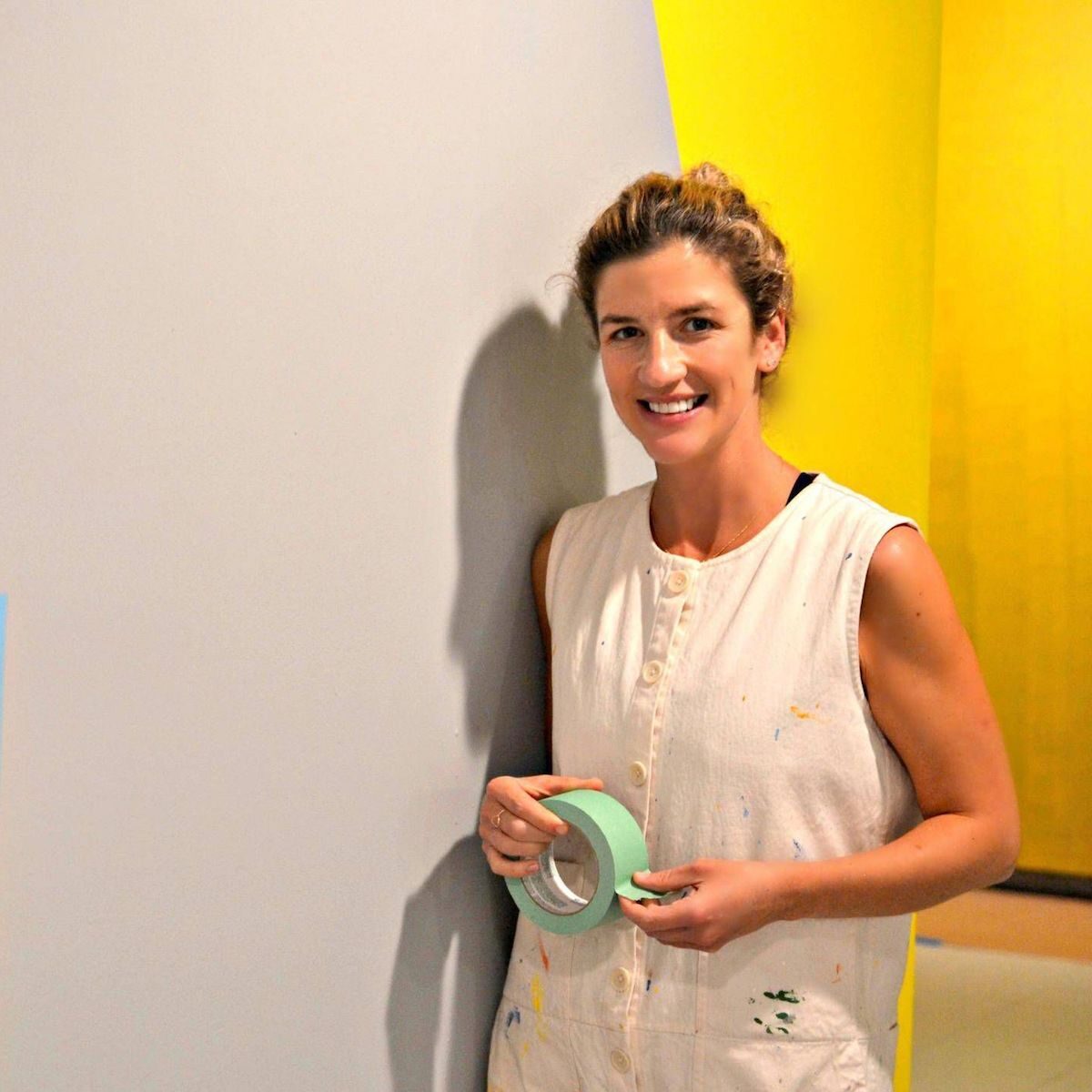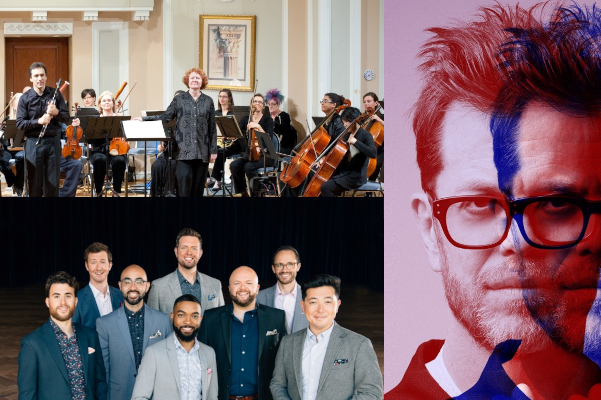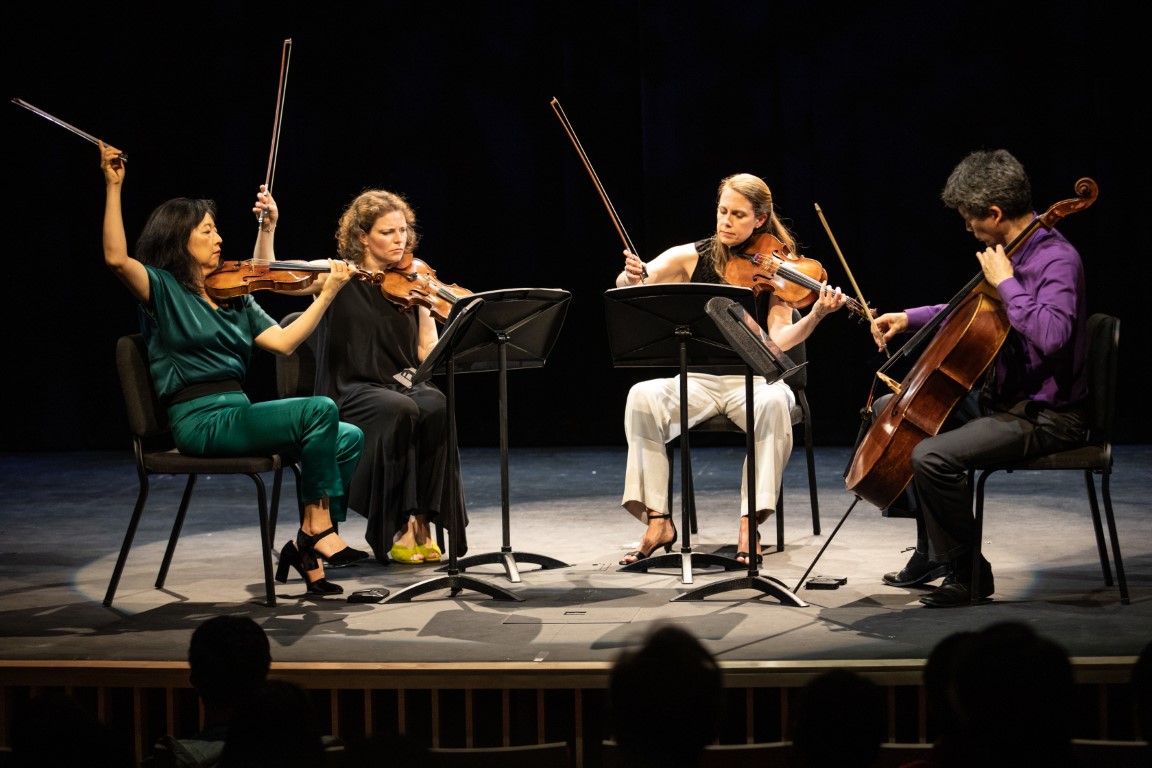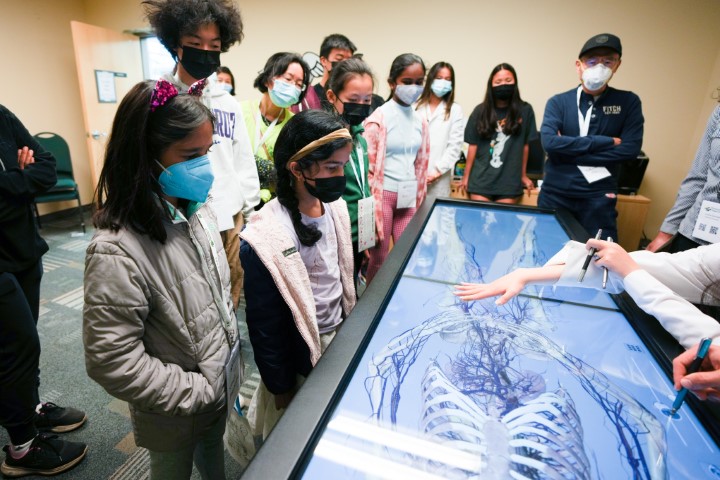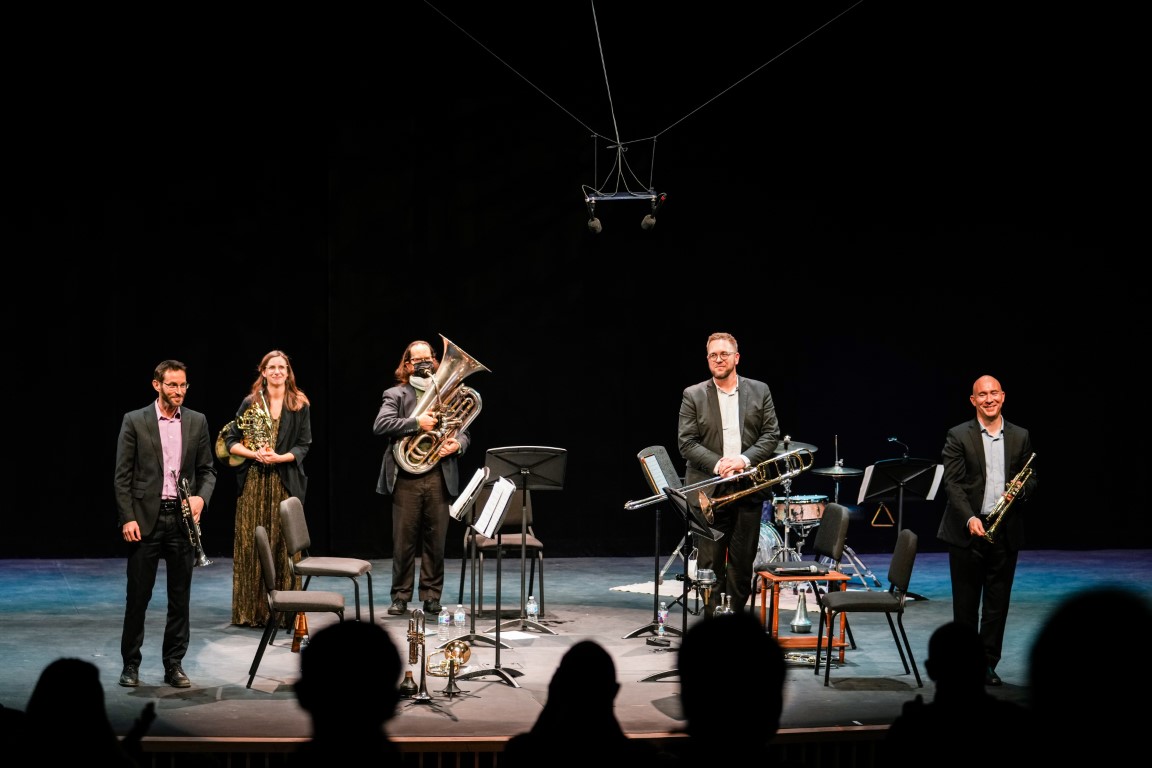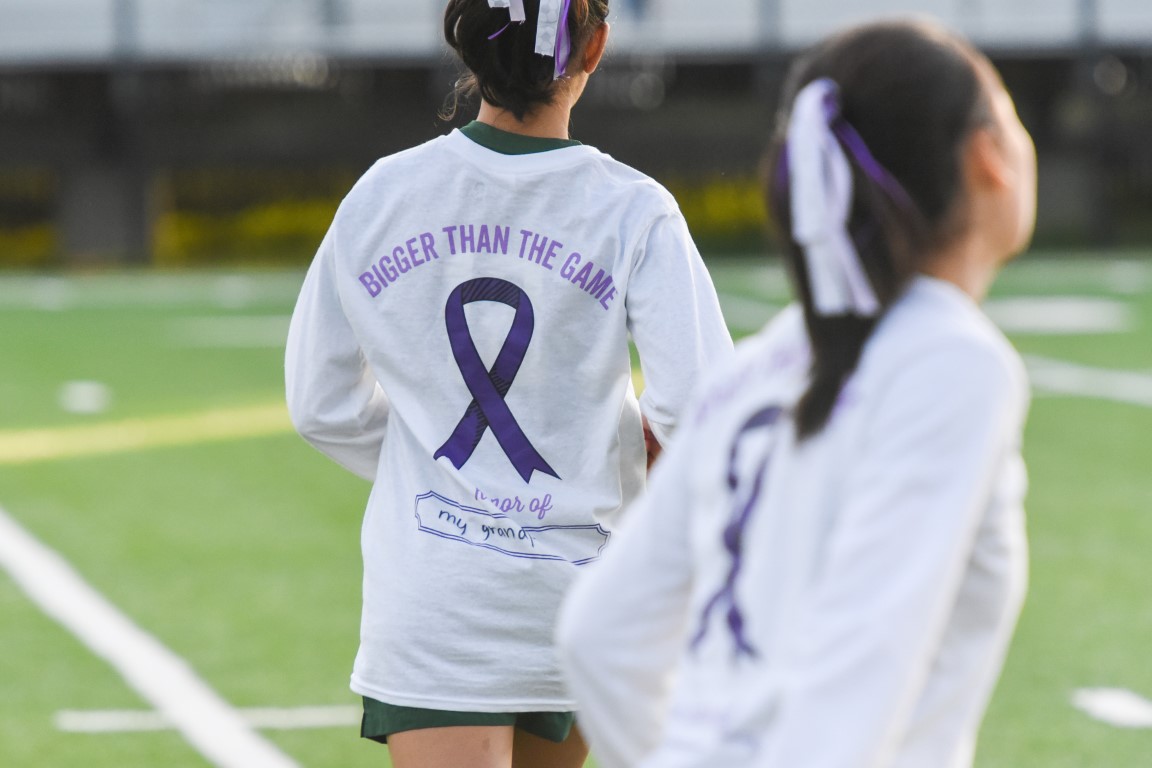Bay Area-based artist Leah Rosenberg has been announced as the second artist-in-residence of the Dickinson Visual Arts Endowment.
Schoolwide
2022-23 Harker Concert Series lineup announced
The artist lineup for the 2022-23 season of the Harker Concert Series features the San Jose Chamber Orchestra, saxophonist Donny McCaslin and the vocal group Cantus.
A Dream Fulfilled: Middle school opens on the Union Ave. Campus
The Gold Standard: Librarians are teachers and their subject is information literacy
Diversity, Equity and Inclusion at Harker: What it Means, Where it’s Headed
Daedalus Quartet dazzles at final Harker Concert Series event of the season
Daedalus Quartet displayed adventurous spirit and instrumental mastery at this year’s Harker Concert Series season closer.
Neil Mehta ’02 announces new scholarship endowment
At Wednesday’s Leadership Donor Celebration, Neil Mehta ’02 announced the establishment of The Mehta Endowment in Support of Scholarships and Entrepreneurship.
Research Symposium returns to upper school campus
On April 16, the Harker Research Symposium welcomed attendees to the upper school campus for the first time since 2019.
Emerald Brass Quintet reimagine and rearrange their favorites at Harker Concert Series
Emerald Brass Quintet’s clever and loving renditions of many of their favorite works were well-received by the audience at the Patil Theater at the second event of the 2021-22 Harker Concert Series season.
Kicks Against Cancer returns to benefit Camp Okizu
The annual Kicks Against Cancer fundraiser benefits Camp Okizu, the non-profit organization that provides outdoor activities and programs to families with children battling cancer.
